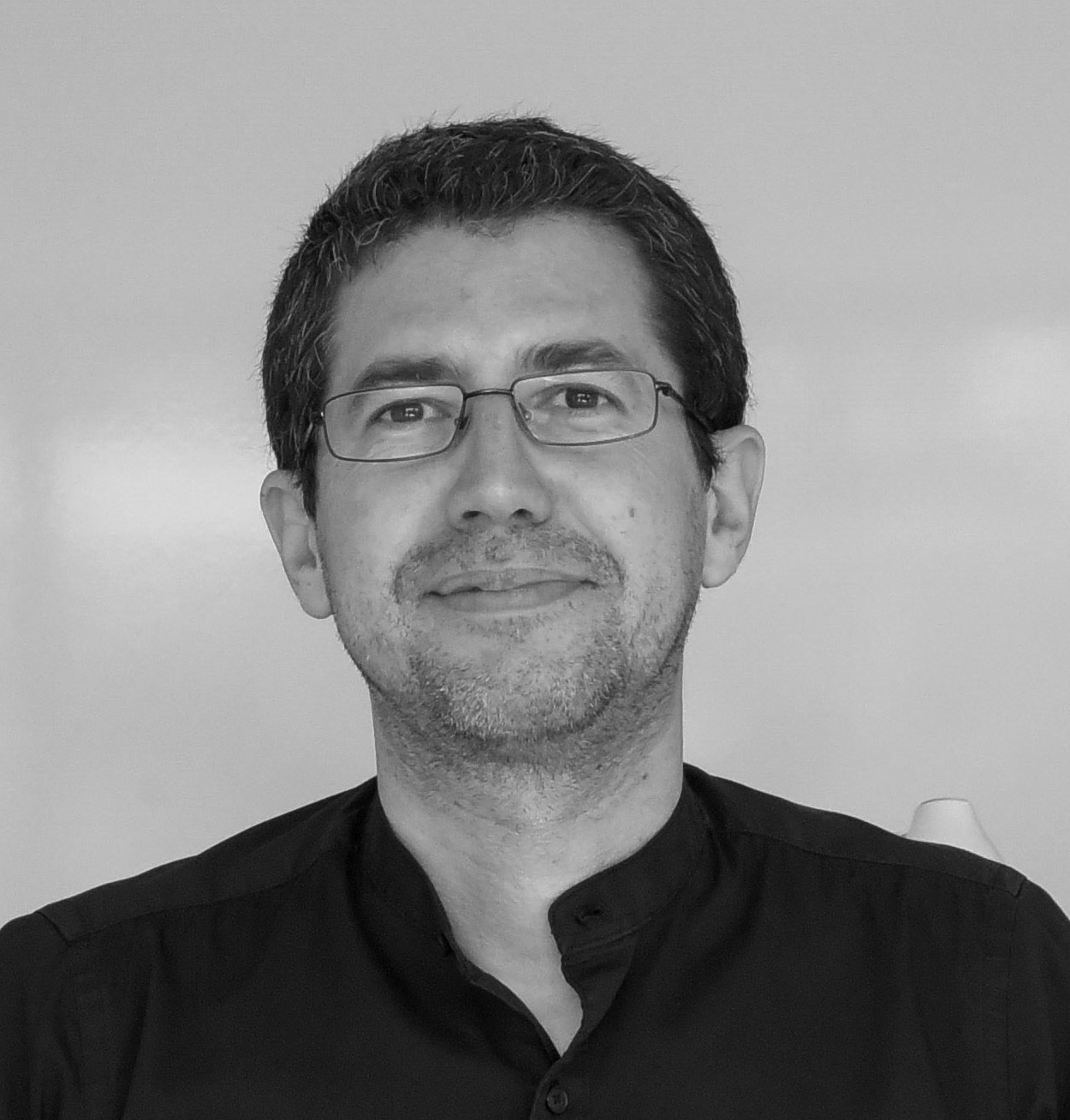Urban Morphology and Change
Keynote Lecture on HERSUS Online Seminar
Urban morphology is the field of knowledge that studies the physical form of cities; their streets and squares, street-blocks and plots, and their buildings – from common residential buildings to special institutional buildings. To effectively describe the ‘form’, morphologists have to explain the different processes (from planned to informal, from individual to collective) and the many agents (from citizens to promoters, from architects to politicians) that continuously transform our cities. Furthermore, urban morphology offers a number of theories, concepts and methods to understand ‘change’ – construction, reconstruction, implementation of new functions, reuse, resistance to change, transformation and resilience. This paper offers an overview of what urban morphology is, and on how it relates to professional practice on the built environment.
